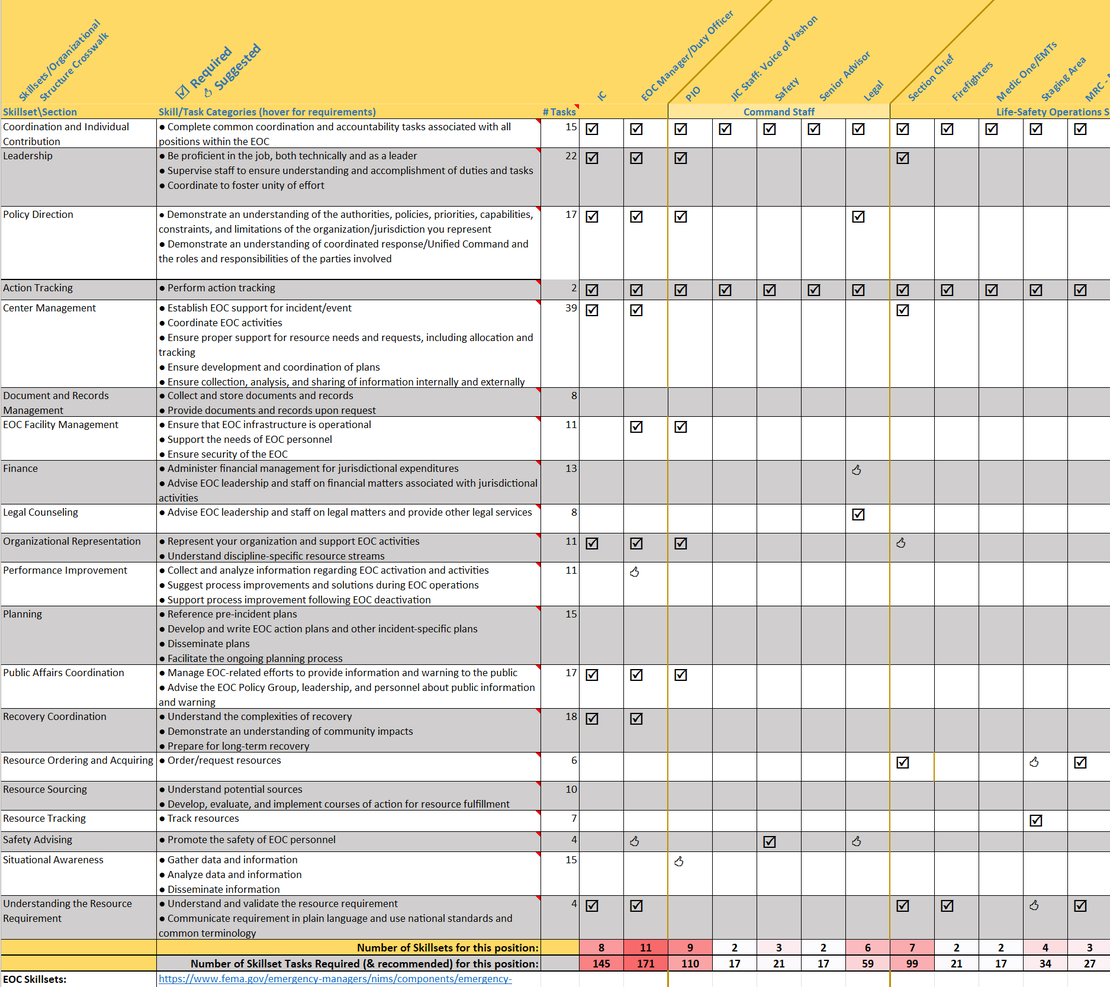Are You Ready?-- An In-depth Guide to Citizen Preparedness
- John Cornelison
- June 6, 2011
Table of Contents

The FEMA publication Are You Ready?: An In-depth Guide For Citizen Preparedness, is a 200-page comprehensive guide that walks the reader through a step-by-step approach to getting informed about local emergency plans, how to identify hazards that effect their local area, and how to develop and maintain an emergency communications plan and disaster supplies kit. Other topics covered include evacuation, emergency public shelters, animals in disaster, and information specific to people with disabilities. Are You Ready? also provides in-depth information on specific hazards including what to do before, during, and after each hazard type.
You can download English and Spanish preparedness guides or order them for free by calling the FEMA Distribution Center on 1-800-480-2520. And it's important to check with your local Citizen Corps Council or Office of Emergency Management to learn about local hazards and local emergency plans.
In addition, the Federal Emergency Management Agency has a website, www.ready.gov, to help you prepare for the potential threats we now face as we enter this new era of potential warfare and terrorism here at home.
We also encourage you to get involved in helping others be safer — when you help your neighbor, you help your nation. Share what you learn with others — and participate in Citizen Corps in your area. If you don't have a Citizen Corps Council in your area , contact your state Citizen Corps representative and work with your local officials to get one started.
A few things you can do right now to be safer:
- Take FEMA's online course entitled Are You Ready? An In-depth Guide to Citizen Preparedness.
- Host a neighborhood meeting to share concerns and join together to better plan and prepared for disasters!
- Check and change the batteries in your smoke alarms and replace all alarms that are more than 10 years old.
- Make sure you know where your local fire department, police station, and hospital are and post a list of emergency phone numbers posted near all the telephones in your home.
- Organize and practice a family fire drill — make sure your children know what your smoke detector sounds like and what to do if it goes off when they are sleeping.
- Locate the utility mains for your home and be sure you know how to turn them off manually: gas, electricity, and water.
- Create an emergency plan for your household, including your pets. Decide where your family will meet if a disaster does happen: 1) right outside your home in case of a sudden emergency, like a fire and 2) outside your neighborhood in case you can't return home — ask an out of town friend to be your "family contact" to relay messages.
- Prepare a 3-day disaster supply kit, complete with flashlights, batteries, blankets, and an emergency supply of water and food (and pet food!).
- Plan to hold a Neighborhood Watch meeting — your local Sheriffs' office or police station can help you get started or visit www.usaonwatch.org for more information.
- Check the expiration dates of all over-the-counter medications — discard all that are expired and replace any that are routinely needed.
- Make sure all cleaning products and dangerous objects are out of children's reach.
- Sign up for a first aid training course. Call your local American Red Cross chapter, the National Safety Council or American Safety & Health Institute to ask about courses in your area (www.redcross.org, www.nsc.org or www.ashinstitute.org).
Are You Ready? Guide Instructor Tools
- Are Your Ready? Training Plan for Young Children (PDF)
- Are You ready? Training Plan for Older Children (PDF)
- Are You Ready? Training Plan for Adults (PDF)
- "Getting Ready for Disaster" videos

.png) Click map for a larger version
Click map for a larger version